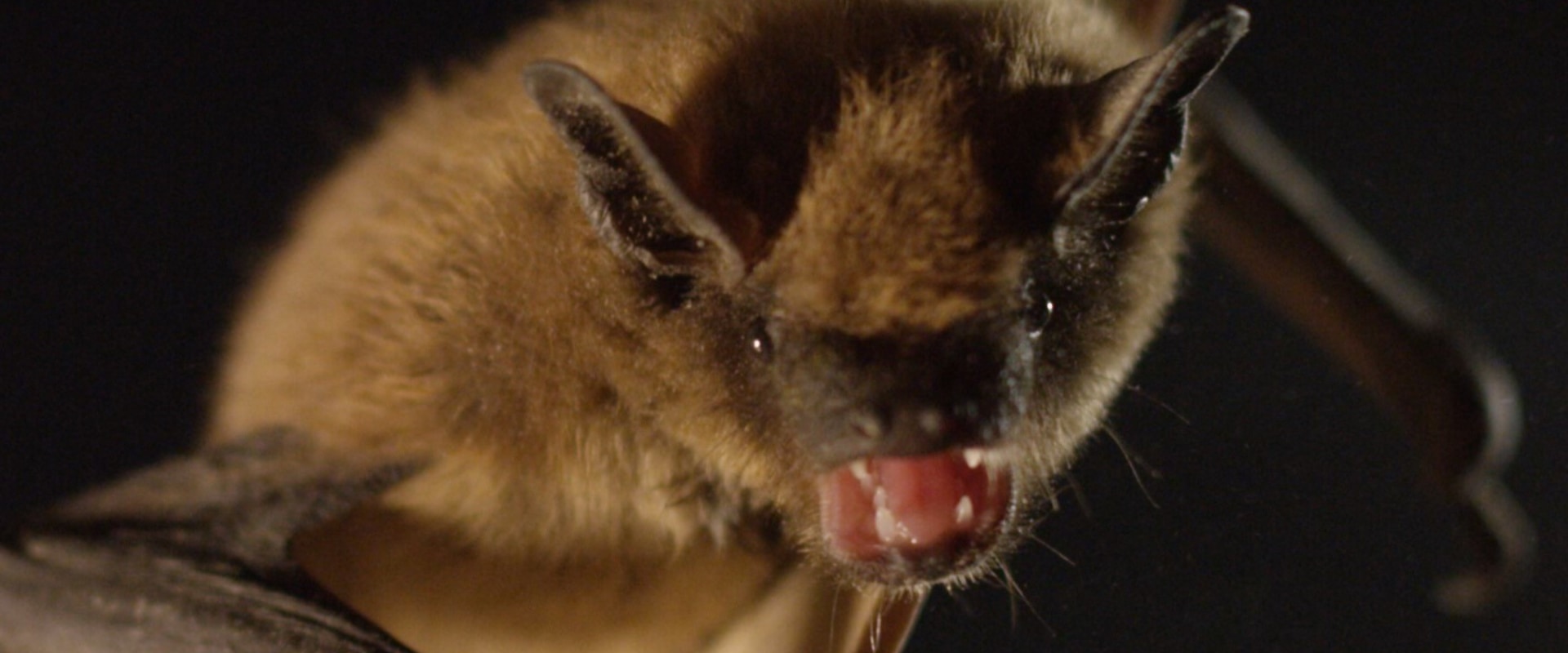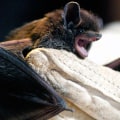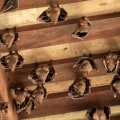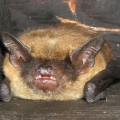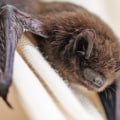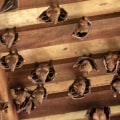It's a fungus that people can get by inhaling spores in outdoor or indoor air, such as the attic. Urinary guano and bat droppings produce an unpleasant odor as it breaks down in attics, walls, and other openings. The pungent, musty, pungent odor can often be detected from outside a building containing a large or long-lasting colony. Similar odor problems occur when animals die in inaccessible places.
The smell also attracts arthropods that can then invade other areas of a building. In addition to damaging the attic and making a lot of noise, bats can make you sick. Guano contains bacteria, rabies, and forms fungal spores that can cause histoplasmosis. This infection can cause serious breathing problems, fatigue, cough, fever and, in people with weakened immune systems, can be fatal.
Bats also carry rabies, and while it's rare to be bitten by one, a bat wound requires immediate medical attention. While in a home, bed bugs can move through cavities in walls and into living spaces in the house. Bats generally migrate and return every spring to settle, but if the weather is warm enough, they can stay all year round. The proximity of bat shelters to human housing can cause excrement, animal dander, arthropod fragments and various microorganisms to enter the air ducts and fall on the unfortunate residents below.
After an incubation period of two weeks to six months, they become ill with the disease for up to 10 days. They are sometimes found crawling along the surface of beams or around holes that lead to the hidden holes used by bats. If birds or bats are discouraged from sleeping around buildings, most of the parasites associated with them will die soon. Since wall cavities and attic spaces often connect to a house's living room, it's important to get the guano out as soon as possible.
Wind is probably the main dispersing agent, but the fungus can survive and be transmitted from one site to another in the intestinal contents of bats and also in the dermal appendages of bats and birds. Although fresh urine from a single bat is relatively odorless, that from any moderate-sized colony is obvious and the smell increases during humid weather. Once bats are settled in the attic, they can stay for a long time if you don't know their way of life. Bats aren't animals you want to find in your home, so you'll likely need to contact the animal control center if you discover an infestation.
Bat guano can provide a growth medium for microorganisms, some of which are pathogenic (histoplasmosis, for example) for humans. Bats then shed these fibers that crawl over those surfaces, causing the wood fibers to mix with accumulations of guano in the lower part. Mostly, female bats and their young are ready to leave the attic and hibernate in nearby caves just before winter. Although almost always associated with soil, the fungus has been found only in excrement (especially from bats), such as in an attic.
Although most of the parasites associated with bird or bat shelters die quickly after the birds or bats leave, some may live for several weeks.
